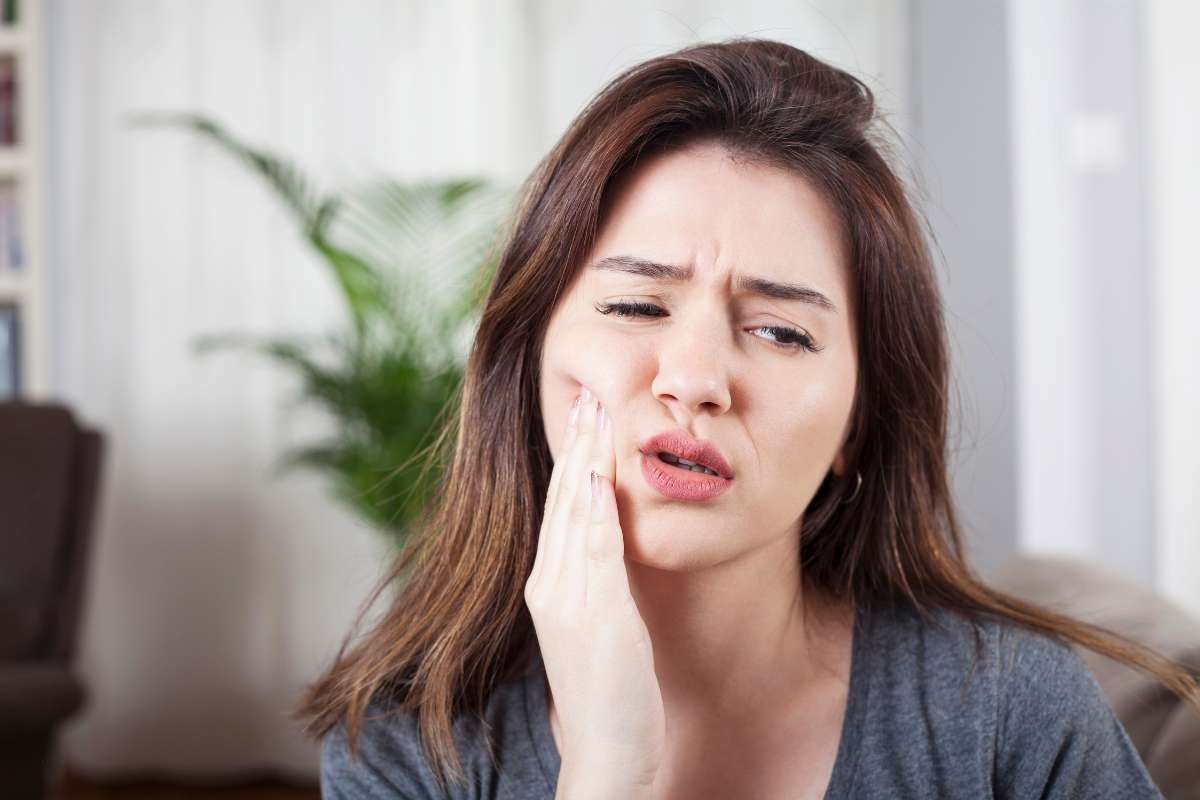Lately, there has been a real shift in how we approach vacations. We are moving away from the “exhaust-yourself-sightseeing” model and toward something much deeper: wellness tourism.
It’s no longer just about snapping photos of landmarks or spending a week by a noisy pool. Today’s travelers are craving a genuine reset. They are looking for experiences that don’t just distract them from their daily grind, but actually help them recover from it. Whether it’s a yoga retreat in the mountains or a digital detox in a forest cabin, this new wave of travel is about nurturing your body and mind, leaving you feeling lighter, clearer, and more connected to the world around you long after you’ve unpacked your bags.
Understanding Wellness Tourism: A New Paradigm in Travel
Wellness tourism is defined as travel with the primary intention of enhancing or maintaining one’s health and well-being. It incorporates activities such as spa treatments, yoga and meditation retreats, fitness and detox programs, nature immersion, and holistic healing practices designed to restore balance, reduce stress, and foster sustainable lifestyle improvements. Unlike medical tourism, which typically addresses specific healthcare needs through surgeries or treatments, it focuses on preventive health, rejuvenation, and life-enhancing experiences in restful, natural environments.
This form of tourism encourages travelers to adopt a proactive approach toward their health by embedding wellness into their journeys. Often, wellness travel segments are categorized as primary (where wellness is the main purpose) or secondary (where wellness activities complement other travel motivations). For example, a tourist visiting a hot spring during a family vacation (secondary wellness travel) may later choose a dedicated wellness retreat focused on holistic therapies (primary wellness travel). The holistic wellness experience is thus uniquely tailored to personal needs and cultural contexts, emphasizing authentic interactions with indigenous health practices, natural resources, and local culinary traditions.
Key Drivers Fueling the Growth of Wellness Tourism
Several converging social and cultural factors explain why holistic tourism is rapidly replacing traditional vacations:
Increasing Global Stress and Health Consciousness
In an age marked by relentless work demands, urbanization, and digital saturation, chronic stress and lifestyle-related illnesses have become widespread. Holistic tourism acts as a meaningful antidote, providing not just temporary relief but comprehensive health practices that cultivate long-term resilience and vitality. Unlike traditional vacations that focus on leisure alone, wellness tourism integrates relaxation with guided health activities that address physical fitness, mental clarity, and emotional balance.
The Quest for Authentic and Immersive Travel Experiences
Modern travelers crave more meaningful journeys, seeking to connect deeply with the culture and natural environment of destinations. Wellness tourism offers unique, local experiences grounded in age-old healing traditions, spiritual practices, and ecological stewardship. This aligns with a growing preference for travel that nurtures purpose beyond entertainment, fostering personal growth and cultural appreciation.
Sustainable Tourism and Economic Impact
Wellness tourists often represent a high-spending segment that values quality over quantity, contributing to more sustainable tourism economies. They tend to choose eco-friendly, off-peak travel options that help mitigate the negative impact of mass tourism and over-tourism. Holistic tourism supports diversified destination development by promoting year-round visitation and encouraging local entrepreneurship in health and wellness sectors, increasing the socio-economic benefits for communities.
Comparing Wellness Tourism and Traditional Vacations
| Aspect | Wellness Tourism | Traditional Vacations |
| Primary Focus | Holistic health improvement and preventive care | Recreation, sightseeing, and entertainment |
| Activities | Spa treatments, yoga, meditation, fitness, detox, healing | Sightseeing, adventure sports, dining, and entertainment |
| Cultural Engagement | Deep, authentic interaction with local wellness rituals | Superficial interactions focused on tourist attractions |
| Environmental Impact | Eco-conscious, promotes sustainability | Often contributes to mass tourism issues |
| Impact on Traveler | Long-term lifestyle benefits and mental/emotional growth | Temporary relaxation and enjoyment |
| Economic Influence | Supports local health businesses, sustainable practices | Varies; can favor large-scale, commercial tourism |
This comparison highlights how holistic tourism goes beyond the immediate gratification of breaks and pleasures. It offers an integrative experience designed to leave travelers healthier and more centered upon returning home, while traditional vacations tend to prioritize escape and entertainment without necessarily addressing enduring well-being.
Popular Wellness Tourism Offerings and Trends
Wellness tourism manifests across a wide spectrum of experiences, appealing to diverse traveler preferences:
- Spa and Healing Resorts: Combining traditional pampering with therapeutic interventions such as hydrotherapy, aromatherapy, mud baths, and specialized massages that restore physical and emotional health.
- Yoga and Meditation Retreats: Emphasizing mindfulness, stress reduction, and spiritual renewal through structured programs often set in tranquil natural surroundings.
- Fitness and Detox Camps: Offering guided physical exercise, nutritional counseling, and detoxification to rejuvenate bodily systems and foster healthy habits.
- Nature Immersion and Eco-Wellness: Integrating green tourism with wellness by focusing on activities like hiking, forest bathing, and sustainable living practices, which encourage reconnection with the earth and reduce environmental footprints.
- Medical-Wellness Integrative Travel: Combining cutting-edge medical procedures with holistic recovery and wellness maintenance, appealing to travelers seeking comprehensive health solutions.
The Profound Health Benefits of Wellness Tourism
Scientific studies and traveler reports increasingly validate the comprehensive benefits of holistic tourism:
- Physical Health: Wellness activities enhance flexibility, strength, cardiovascular health, and immune function. Practices like yoga, Pilates, and holistic therapies promote physical agility and pain relief.
- Mental and Emotional Well-Being: Mental clarity, emotional regulation, and resilience improve through mindfulness practices, nature exposure, and stress-reducing therapies. These contribute to lasting reductions in anxiety and depression symptoms.
- Quality of Life Enhancement: By cultivating healthier routines and balanced lifestyles, holistic tourism supports sustained improvements in self-esteem, sleep quality, and general life satisfaction long after the trip ends.
- Environmental and Cultural Connection: Engaging with nature and local wellness traditions fosters a deeper sense of purpose, belonging, and stewardship, reinforcing mental harmony and ethical travel.
Holistic tourism thereby facilitates a holistic health continuum, benefiting the body, mind, and soul while encouraging travelers to adopt sustained wellness principles at home.
The Emerging Future of Travel Is Wellness-Centered
Wellness tourism represents a paradigm shift toward travel as a vital tool for comprehensive health maintenance rather than mere recreation. The hospitality and travel industries are responding by innovating more wellness-integrated services, from wellness cuisine to fitness-focused resorts and mindfulness-based cultural tours.
The future traveler will increasingly expect vacations to provide transformative health benefits—physical, psychological, and spiritual—blurring the lines between vacation and self-care. More tourism destinations are capitalizing on this by blending authentic indigenous healing with modern wellness innovations, fostering a global community oriented around healthful living and responsible tourism.
Read Next: The Rise of Wellness Hospitality: A New Standard for Guest Care
Conclusion
Forget the old idea of a vacation where you come home needing another vacation! People are increasingly trading in traditional, surface-level travel for wellness tourism because it actually delivers what we crave: meaningful rest.
It’s not just a trendy label; it’s a completely different approach. Wellness travel integrates truly holistic practices designed to help you feel better, not just for a week, but for months after you return. It provides a real boost to your physical health, calms your emotional stress, and deepens your connection to local cultures. This shift simply reflects our modern desire for balanced, proactive living. Ultimately, embracing holistic tourism means choosing a journey that nurtures your whole self while honoring the world around you. It’s the future where leisure and long-term health are perfectly woven together.






